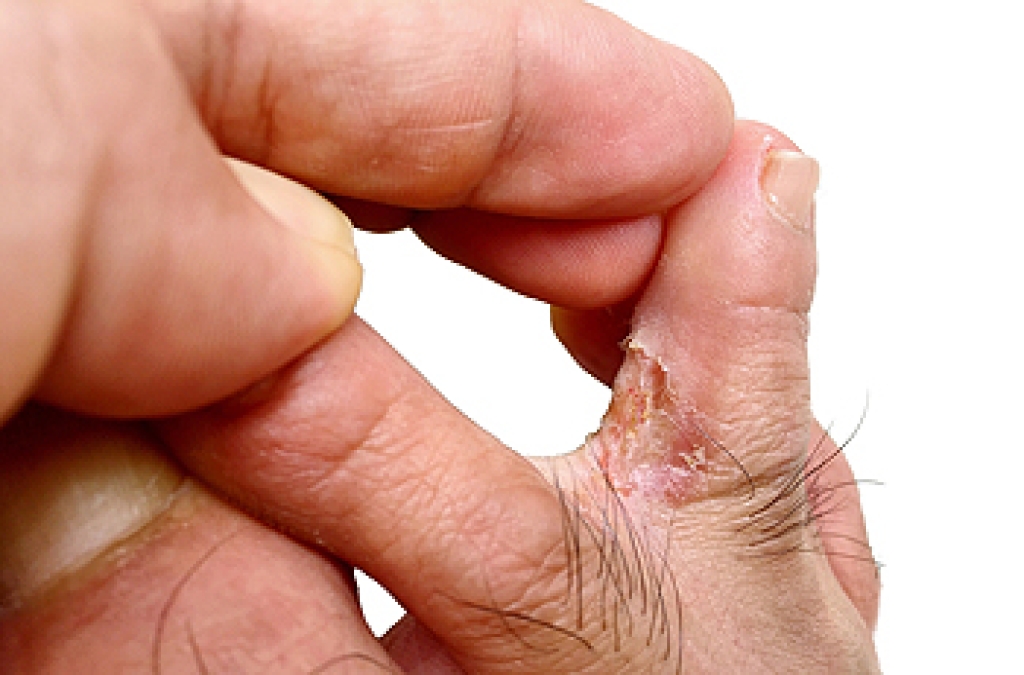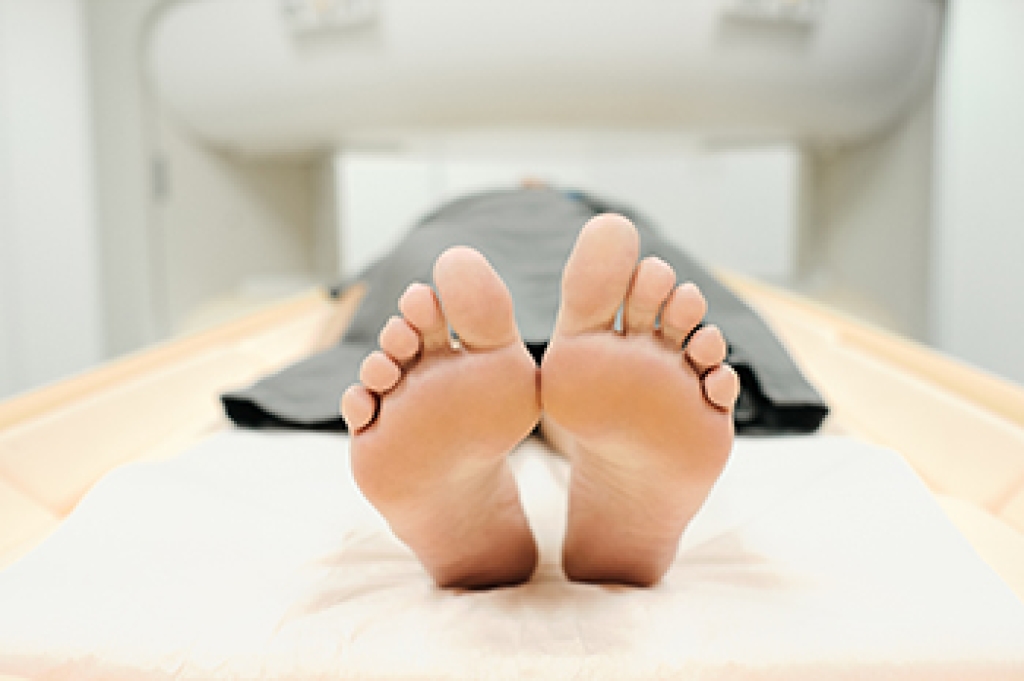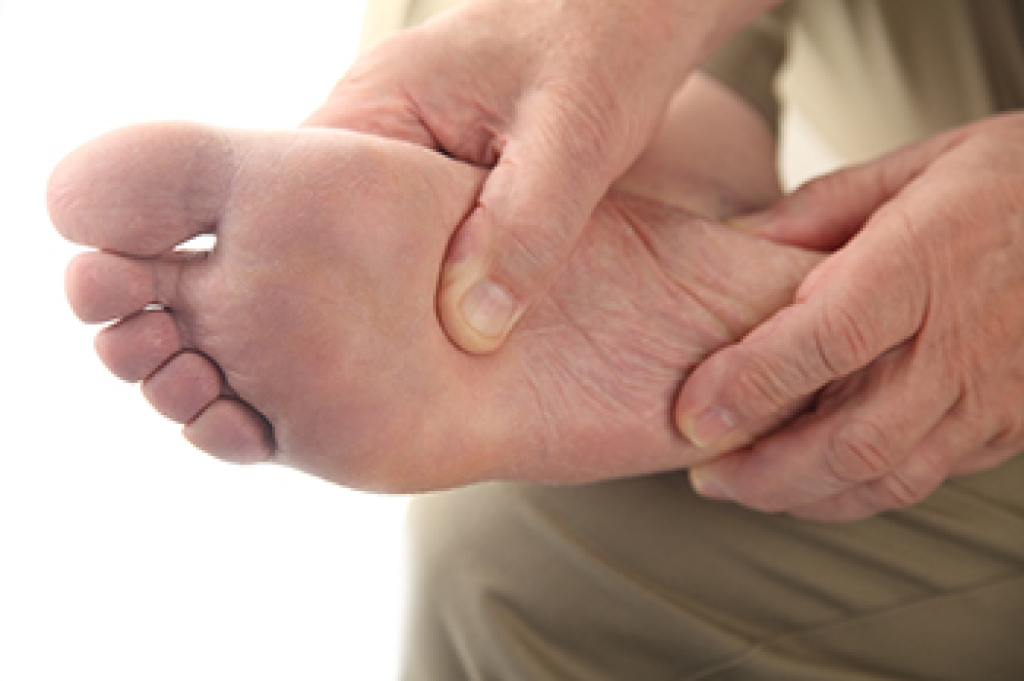
In recent years, the United States has witnessed a concerning rise in lower leg, foot, and toe amputations, with 80% attributed to complications from diabetes. Proactive measures such as lifestyle changes, blood sugar management, as well as regular foot examinations and prompt wound care from a podiatrist can help patients avoid this dire solution. Depending on the severity of complications as the result of peripheral artery disease and neuropathy that are common among diabetics, a podiatrist may offer various interventions. Included are wound cleaning, dead tissue removal, revascularization surgery to restore blood flow, and antibiotic treatments for infection. In extreme cases, however, loss of limb may be unavoidable. Scheduling routine foot screenings with a podiatrist and performing daily foot checks at home to catch potential issues early can help to keep the symptoms at bay. Pain or numbness in feet and toes, fungal infections, changes in color, and swollen feet may indicate serious foot problems. Additionally, ingrown toenails, wounds, and sores are symptoms may need immediate attention. If you suffer from diabetic complications that may lead to limb loss, it is strongly suggested that you are under the care of a podiatrist for regular checkups.
Limb salvage can be an effective way in preventing the need for limb amputation. If you have diabetes, cancer, or any other condition that could lead to foot amputation if left unchecked, consult with Kevin Powers, DPM from The Center for Lower Extremity Nerve Surgery. Our doctor will assess your condition and provide you with quality foot and ankle treatment.
What Is Limb Salvage?
Limb salvage is the attempt of saving a limb, such as the foot from amputation. Podiatrists also try to make sure that there is enough function in the foot after the salvage that it is still usable. Diabetes is the number one cause of non-traumatic amputations in the United States. Those with diabetes experience poor blood circulation, which prevents proper healing of an ulcer. If the ulcer is left uncheck, it could become infected, which could result in the need for amputation.
However, there are other causes as well, such as cancer and traumatic injury. Links between higher mortality rates and amputation have been found. This translates into higher healthcare costs, and a reduced quality of life and mobility for amputees. Podiatrists have attempted to increase the prevalence of limb salvage in an attempt to solve these issues.
Diagnosis and Treatment
Limb salvage teams have grown in recent years that utilize a number of different treatments to save the infected limb. This includes podiatrists that specialize in wound care, rehabilitation, orthotics, and surgery. Through a combination of these methods, limb salvage has been found to be an effective treatment for infected limbs, and as an alternative to amputation. Podiatrists will first evaluate the potential for limb salvage and determine if the limb can be saved or must be amputated.
If you have any questions, please feel free to contact our offices located in Indianapolis and Bloomington, IN . We offer the newest diagnostic and treatment technologies for all your foot care needs.









